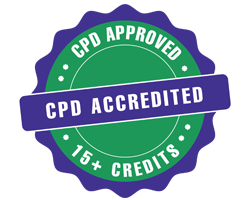Behavioral Risk Factors in Adolescent Substance Use
Adolescents are particularly vulnerable to substance use due to behavioral risk factors such as impulsivity, peer pressure, and a tendency toward risk-taking. The adolescent brain, still developing its prefrontal cortex, struggles with impulse control and long-term decision-making. Social factors, including peer groups that normalize drug or alcohol use, further increase susceptibility. Early exposure to stress, trauma, or family dysfunction also plays a role in initiating substance use. Prevention strategies must target these risk factors through education, fostering healthy coping mechanisms, and strengthening family and community support systems. School-based programs and mentorship opportunities can provide adolescents with the tools to resist peer pressure and make informed decisions. By addressing these behavioral risks early, interventions can reduce the likelihood of substance use and promote healthier developmental outcomes during this critical life stage.

Nile Stanley
University of North Florida, United States
Ann Marie Leonard Zabel
Curry College, United States
Edie Raether
NeuroShifts and Wings for Wishes Academy, United States
John Michael Weber
Open Door Mission in Houston Texas, United States
Owonaro Peter
Bayelsa State Drug Avuse Addiction Prevention and Rehabilitation Committee (BADAPARC), Nigeria
Sindu Padmanabhan
Bharathiar University, India




Title : Integrating bibliopoetry therapy and digital health technologies for inflammation management: A neuropsychosomatic perspective
Nile Stanley, University of North Florida, United States
Title : Evaluation of prevalence and pattern of tobacco use in yenagoa city in bayelsa state south of nigeria
Owonaro Peter, Bayelsa State Drug Avuse Addiction Prevention and Rehabilitation Committee (BADAPARC), Nigeria
Title : Engaging learners through gamification, creativity, and human-centered design
Tero Moliis, Versantium, United States
Title : Neuropharmacological and regulatory drivers of tianeptine misuse in the united states: A growing public health concern
Darcy Tocci, NSU College of Pharmacy, United States
Title : Awakening sovereignty within: Healing trauma, releasing codependency, and returning to self-trust
Whitney Walker, Mental Health Therapist/ Podcast Host, United States
Title : You can save a life: Real conversations, real solutions for suicide prevention
frank King, The Mental Health Comedian, LLC, United States